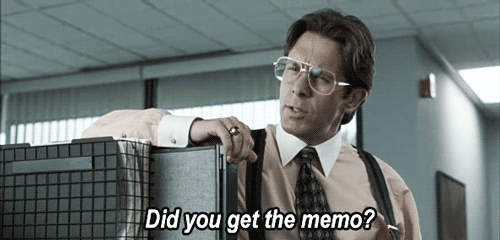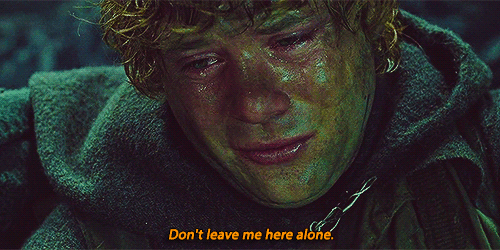No, but your culture might not be right for it. Yet.
A lot of articles are being published about how bad the open office environment is for employees and culture.
Here’s the thing—if the workplace culture is crappy, an open office format will exacerbate it. If you have a culture where people feel that they are under scrutiny, they will feel like they are in a fishbowl and be uncomfortable. If you have a very traditional culture, a transition to an open office format may also be a struggle and NOT the right fit for your workplace.
A recent study discussed the rise in digital communications and the decline in personal interactions that occurred as two Fortune 500 companies made the shift to an open format. Employees wore badges with sociometric sensors and microphones, as well as having their data monitored. Gosh, that sounds like it wouldn’t raise anyone’s eyebrows and make them feel they are being watched and recorded every second of the day, right?
The study also studied two Fortune 500 companies, which indicates a larger infrastructure than many American businesses, to say nothing of the fact that it was simply a shift, with no information on how people were prepared or otherwise readied to be moved into a new office layout or have Big Brother hanging from their lanyard.
Here's some perspective, and some unofficial observations on de Novians from the wild open office, here in Cedar Rapids, Iowa:
1. We wear headphones.

1. Yep, we wear headphones. Almost everyone has them, and there are times you use them (focus) and times you don’t. Some use them more, others rarely. It’s often a signal that “I’m in deep work mode, send me an email if you need something.” One article refers to it as "cocooning." We consider it a way to not make our co-workers listen to our secret garbage playlists.
2. Emailing...
Sometimes we have to remind ourselves that we are all in the open office and that email is silly and unnecessary. But other times it’s documentation and required by our project management system. Like every company, we struggle with too much email. This is a workplace trend and phenomenon that goes deeper than just the open office format. People in all types of workplace scenarios find themselves more isolated by technology that enables us to communicate via screens.
3. It is actually fun and productive (at the same time).
There are days with more conversation, and days with less. If you need to focus, you put on your headphones and no one gets bent out of shape. There are times where people may opt to work remotely, or in a conference room, which is acceptable. But, we're also not a "Butts in Seats" kind of company.
4. Growing pains.
It can create hardship when you grow and have to shift people around. When we separated into two floors to accommodate a growing staff, it was hard. We are still struggling to get the equity right between floors and keep connected. But staff understands the necessity of space and the longer term vision. Because it is communicated.
And therein lies the most important part: It’s communication and culture that make an open office successful or not. We’ve never known a different system in our 11 years. In fact, if you put us in individual offices and studied our every move, you’d probably find some big behavioral changes as well.
Many saw the open office as a panacea for culture or productivity. But culture can’t be engineered like that. And as companies found that lowering/removing cubicle walls or putting a ping pong table in their office didn’t boost morale (disclaimer: de Novo has a ping pong table as our center conference surface), that it must be a failure of the environment. It is a failure of the environment—just not the environment you can see.
Books abound on how to change company culture, and they exemplify companies that are doing it right, often offering a very curated view. But culture must be built over time and it stems from a commitment to fairness and treating people with respect, while balancing company goals. When you make a change in how the ecosystems within your organization function, those principles must be adhered to. Free snacks and video games, napping pods, open offices and democratic seating arrangements do not make up for a culture that does not balance its workforce needs with the company’s needs.








Submit a Comment